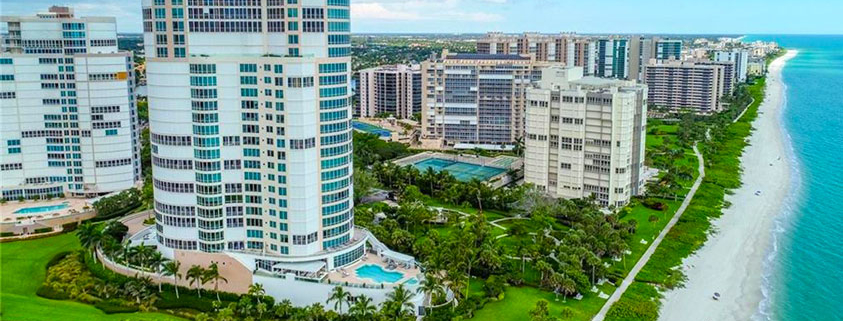How to protect the look of your neighborhood
So one of your neighbors from Indiana likes John Cougar Mellencamp’s song “little pink houses” and the next thing you know they painted their house pink. Another neighbor puts on a new asphalt roof after the hurricane when all the other roofs in the neighborhood are barrel tile to save a few thousand dollars. Can your homeowners’ association make these folks conform and change the pink color and the asphalt roof?
Maybe not if you do not have good language in your declaration of covenants or if your association’s guidelines and standards do not mention house color or roof types.
Section 720.3035, Florida Statutes, provides that: “(1) The authority of an association or any architectural, construction improvement, or other such similar committee of an association to review and approve plans and specifications for the location, size, type, or appearance of any structure or other improvement on a parcel, or to enforce standards for the external appearance of any structure or improvement located on a parcel, shall be permitted only to the extent that the authority is specifically stated or reasonable inferred as to such location, size, type, or appearance in the declaration of covenants or other published guidelines and standards authorized by the declaration of covenants. . . . (5) Neither the association nor any architectural, construction improvement, or other similar committee of the association shall enforce any policy of restriction that is inconsistent with the rights and privileges of a parcel owner set forth in the declaration of covenants or other published guidelines and standards authorized by the declaration of covenants, whether uniformly applied or not.”
Ad
A Florida court has interpreted this Statutory Section to mean that if you do not have any provisions in either your Declaration of Covenants or any published Guidelines and Standards as to the external appearance of homes, or the location, size, type, or appearance of any improvement (such as a swimming pool, fence, or patio addition), a homeowner in your community can do pretty much whatever he wants on his lot as long as he meets county or city codes.
Some homeowners’ associations may have some limited published guidelines concerning some aspects of external appearance of homes and what and where different structures can be placed upon a lot. However, usually there are a lot of possible alterations that homeowners may want to make that are absent is such guidelines.
Rather than having to look at every possible alteration that could be made and creating guidelines the size of a dictionary, we have found that the best way to curb such outlier behavior is to get a membership vote to amend your declaration of covenants to say something like: “The guidelines and standards for any item not contained in any written architectural guidelines and standards shall be whatever already physically exists in the community as originally constructed or which has been previously approved within the community as allowable alterations to what physically existed. If any item does not already exist within the community as previously approved nor is the criteria for such a guideline or standard contained within the written approved guidelines and standards, then such an item may not be used, placed or changed unless or until some criteria for such an item has been added to the written guidelines and standards.”
Most owners, who bought into your community, did so liking the original look of the homes in your neighborhood. After many years, some owners may want the look of their neighborhood to be updated. With the above type language added to your declaration, your association can then control how the updates can look by adopting new standards and guidelines. Without such “already physically exists” language, you may get a whole lot of strange new looking updates throughout the neighborhood that you cannot then make the owners change their alterations back to the original look once discovered.

